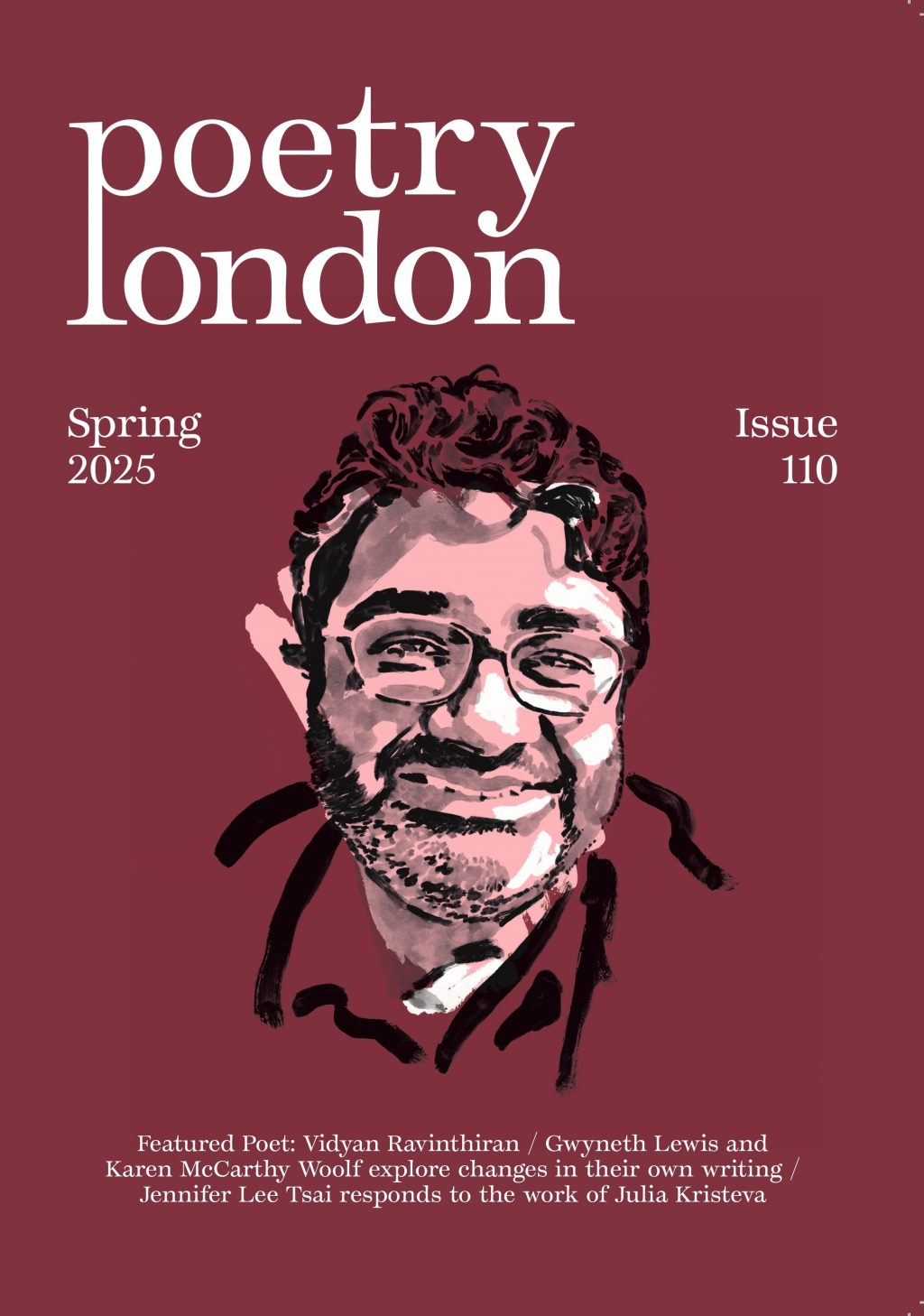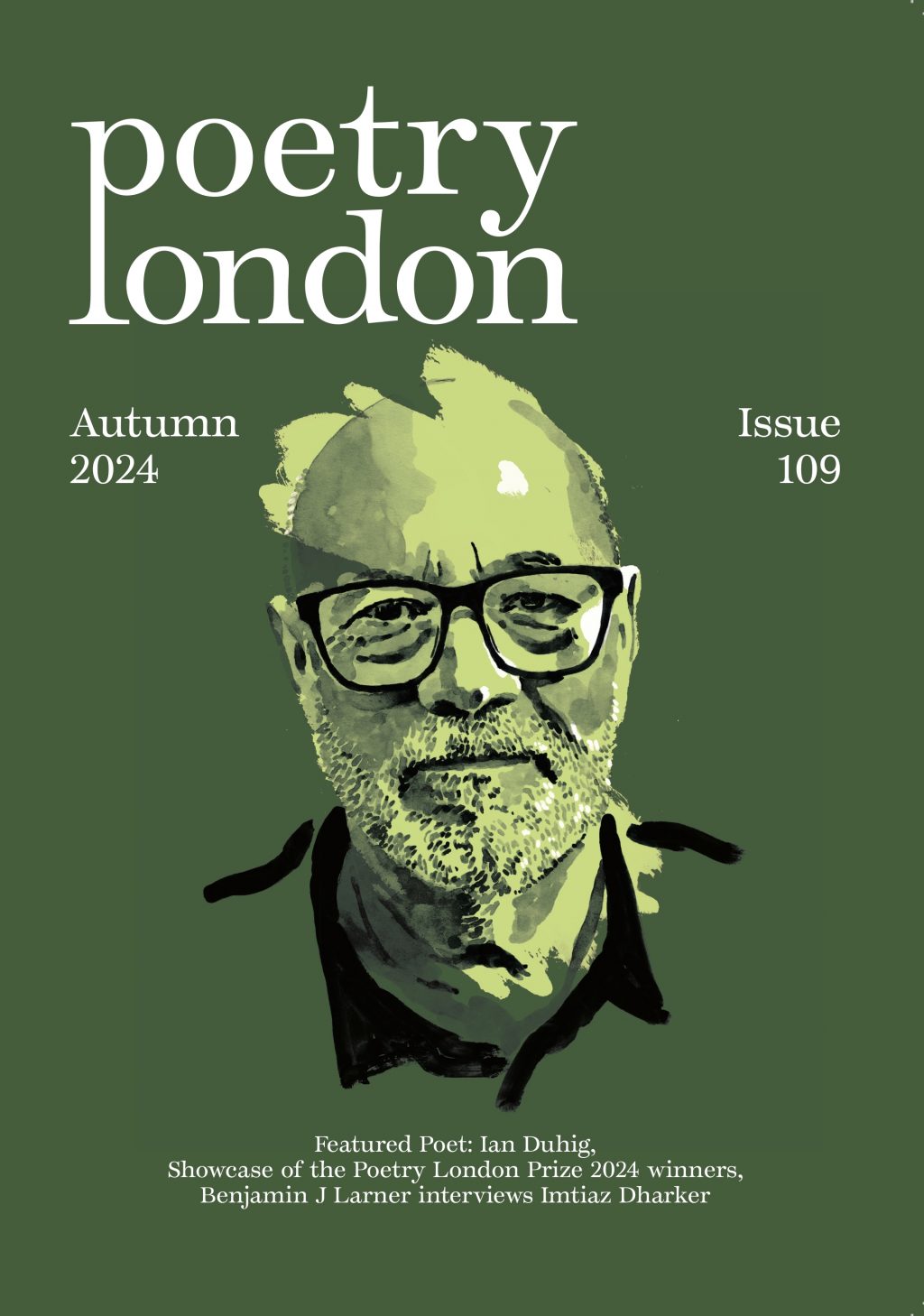Fake News
Scandinavian folklore has made us familiar with a particular form of monster. Unlike the beast-humans in Grimm or classical mythology, a troll can scarcely be distinguished in appearance from an ordinary human being; he is perhaps only a little stocky, a little malformed – a close double, whose subtle deviations from the human push him into an entirely other category of being.
It should go without saying, at this point, why recent news has forcibly reminded me of Peer Gynt: Ibsen’s extraordinarily pertinent reflection on the diabolical nature of the troll.
Peer Gynt’s first encounter with the trolls is a scene of seduction: ‘A hillside with tall trees sighing in the wind, stars twinkle through the branches… Enter a woman in green.’ Unfortunately she turns out to be a troll princess; her father, the troll king, offers Peer Gynt his daughter in marriage and the possession of his entire kingdom on the condition that he becomes one of them. Recognising that Peer is a compulsive liar he says ‘You are almost one of us already’; but the subtle difference rests on the nature of the lie. As Auden has observed, ‘The poet pretends for fun; he asserts his freedom by lying – that is to say by creating worlds he knows are imaginary’.
The troll world is a promised land where such knowledge is lost. Troll vision is monolithic: the real world is entirely imaginary and the imaginary world is entirely real. It is a small but significant step for Peer Gynt’s complete transformation into a troll: all that is necessary is a little eye operation to make the imagined and the real look the same. To add to the seduction, the king points out that, among trolls, there are no tears, there is no disillusion to counter the illusion; there is no discrepancy between an inner world of personal ambition and desire, and a resisting outer world of poverty and failure. The door to the troll kingdom opens one way only: in, but not out. As long as the effects of the imagination are reversible, as long as it remains possible to be of two minds: to disbelieve and to suspend disbelief – Peer Gynt can still exercise the freedoms of the poet.
‘Juliet is the sun’ states a figurative as a literal truth. But a metaphor faces in both directions at once; it expresses a claim to equivalence and an awareness of difference at the same time. The separation of the real and the imagined is pictured in its very structure: the bridging of a gap – so that what a metaphor represents is a double impulse of mind: to awaken a sense of the distinctions between the solid, separable and literal, while an imaginative leap across is made to unite them. The ‘real’ is valued for itself while the new way of taking the world – the new, deeper meaning – is being constructed. Was Auden right to say that poetry makes nothing happen? In its very essence, in ‘the valley of its making’, it opposes the totalitarian lie.
In his essay for this issue the American poet D. Nurkse, whose parents were refugees in 1940 from Nazi occupation, recalls his bewilderment as a child when they spoke of the ‘Big Lie’. The essay goes on to examine what fascism does to language, and how poets respond to it imaginatively. He asks us to picture ‘the anguish of living in a frozen present, in which the context of facts, and the parameters of civic discourse, have been obliterated’.
I am reminded of lines from Wallace Stevens, which were written under the same shadow (in 1937 and 1942 respectively) and represent the vital polarity of
his poetic thinking. ‘I am a native in this world / And think in it as a native thinks’; ‘From this the poem springs: that we live in a place / That is not our own and, much more, not ourselves / And hard it is in spite of blazoned days’.
Martha Kapos, Poetry Co-Editor
The poems in this issue were edited by Martha Kapos, the reviews and features by Sam Buchan-Watts

